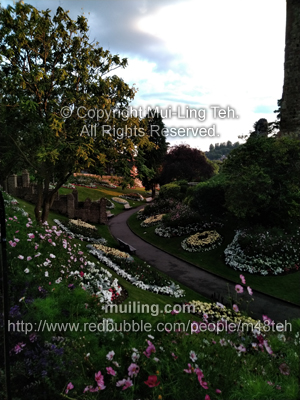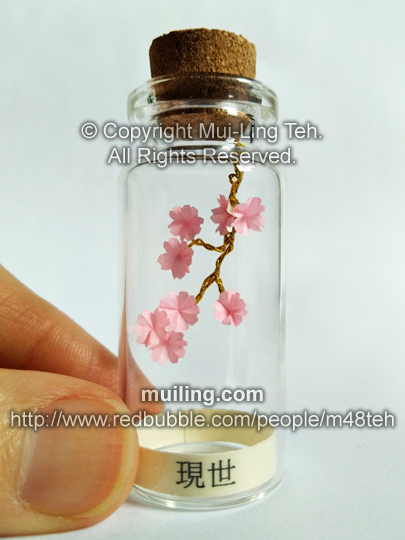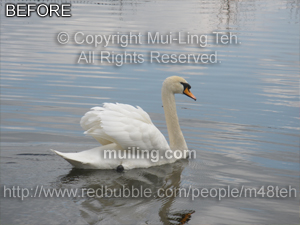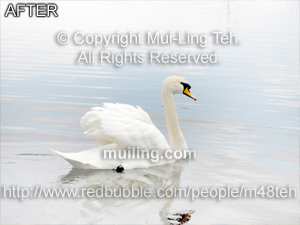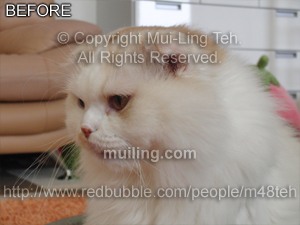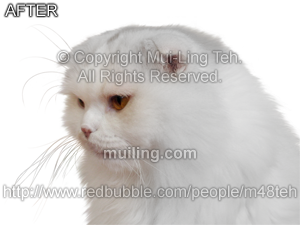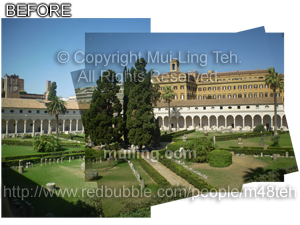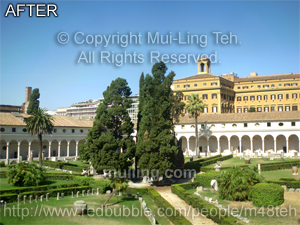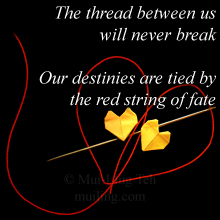|
|
|
(Last updated 2020/07/19)
At a young age, I would have never imagined treating photography as an art form. But now I realize, more than ever, that photography is not simply about pointing and shooting with the camera. I use compact point and shoot cameras, which is usually enough for my niche. My photography is entirely self-taught; it was probably not until 2008, after I joined Redbubble, that I began to take it seriously. I have however been taking photos since an early age because I travelled a lot, and had done internships in Edmonton and Japan. Back then I was not taking great consideration in the way I took my photos.
I joined Redbubble to showcase my drawings and paintings but shortly after also felt like sharing my photos from my travels. As I was not a serious photographer back the days, I didn't have many good photos; anything decently captured was a matter of luck. I was also very conservative over the space of my memory card (which was only 256MB) and the batteries - especially since I also loved taking videos. A lot of my photos from Japan especially were taken at low resolution in order to save space on my memory card - something I regretted after I joined Redbubble.
I continued using the Fuji camera during the first half of my internship in Japan. As I was very fond of Japan, and was there during the summer, I went out every weekend; I took many photos and videos that my memory card and batteries were often used up quickly. While lacking sufficient memory and battery power, my Fuji camera was only able to take videos 60 seconds at a time; which would not have been very practical in recording the Awa-odori festival in Tokushima that I was looking forward to later in the summer. I began to feel that I needed a new camera, but didn't want to spend too much money for one. One day, while visiting a friend, she showed me her new camera, which I got to try out. Still a compact camera, but better than what I had; and not too expensive. It was also able to take long videos - so I bought myself an Olympus FE-220 along with a 500MG memory card. My internship was in Hayama, Japan; a town within the Miura district of the Kanagawa prefecture known for its green hills, beaches and seas ('Hayama' means 'leaf mountain'). During the internship I also visited Kamakura, Yokosuka, Yokohama, Enoshima and various parts of Tokyo; and later visited southern cities including Naoshima, Takamatsu, Kurashiki, Tokushima and Fukuoka.
After joining Redbubble, I began experimenting more with my Olympus camera. One day I wanted to try something with origami, and went off to fold a crane. Since I was daydreaming I didn't pay attention to how small the paper was; and after completing the crane I realized it was really small - that was when I created the work known as Born from the hand. The folding of the crane wasn't difficult; photographing it, on the other hand, proved to be a challenge. After various attempts to get a decent looking photo, I realized, more than ever, that photography is an art. First, I needed to create a good composition; I tried various combinations of hand poses and crane placements, until I finally settled with the presentation of my hand framing the crane. Secondly, I needed to take the photo well. It was one thing to work with a small subject and an ordinary lamp; in my initial trial shots my crane often came out too bright. Additionally, I was using a compact camera with no tripod; and taking macro shots on my camera required both the camera and subject to be extra still. I had to use one hand to hold and shoot with the camera on macro mode - while keeping it still; while keeping the other one still in front of the camera with a very light and delicate crane sitting on it; having good control of both hands was difficult. There were further challenges with this particular photo, including the fact that sometimes the crane fell off my hand as I took the picture. Occasionally new ideas introduced new challenges, but overtime I practiced and got a better hang of photographing my miniature origami, using whatever props I had, and whatever backdrop I could set-up as I did not (and still don't) have a photo studio - most often I placed a piece of clothing over a box to use as a background. Coming up with ways of presenting my origami was like designing sets for a play, and was lots of fun - photos like these were very much an art. As I took more photos of my origami and played with the settings of my camera, I got a better understanding of what worked best.
Learn more about my origami here.
While in Rome, my class and I visited many sites; as well took a trip to Southern Italy, and later one to Northern Italy. Towards the end of the Northern Italy trip we visited Venice. Venice was my favourite city in Italy, but unfortunately it was also where my Olympus FE-220 camera broke. That year, during the Biennale, it dropped on a sharp pebble on the ground that punctured the screen. I was still able take pictures but I could not see what I was taking, and my camera did not have a view finder, so everything was pure judgement. In Venice, I spent the evening and the next morning doing “blind photography”. If I wanted to change settings I could not see the menu, so I had to keep track of how many times to press up, down, left or right to get the option, which by my gut instinct, I thought would be the best. I also had to make sure I kept my camera still for a reasonable amount of time when using the night shot settings. After returning from Northern Italy it was time to get a new camera - as disappointing as it was that my Olympus FE-220 broke, it was also an opportunity to upgrade.
Towards the end of my London internship I planned a trip to Edinburgh, Scotland. My flight there was at 7 in the morning; and knowing that I may be unable to ask someone to take my picture for me so early in the morning, I bought a tripod. Since then I began using the tripod frequently in my origami photos, and have been able to get better results with greater ease.
The following year my brother bought himself a Canon PowerShot ELPH 300 HS and gave me his Casio, but I got to use his Canon on a few occasions. I missed the 4000 x 3000 pixel resolution of the Canon, so I bought myself a Canon PowerShot A3400 IS in December 2012. I launched muiling.com early 2013, and haven't been pursuing my photography much since, so I haven't used my Canon PowerShot A3400 IS much for professional purposes other than documenting my artworks to post on my website - most of which are my bottled origamis that I began in 2014.
On several occasions I've been asked what camera I use, whether this was because of my origami photography or my travel photography. I have only ever used compact cameras, and they were, for the most part, sufficient with the work I was using them for. Surely I could do more if I had a camera that could zoom far, take super-close macro shots, take subjects in the dark or in action; but have yet to upgrade my camera for those features. While it would be nice to have extra features I have been satisfied with my compact cameras.
A summary of the cameras I have used to date: Olympus FE-220; used from July 2007 to October 2008 in various cities in Japan; for my earliest origami set-ups, still lives and portraiture photography; and in various cities in Italy. Olympus FE-340; used from October 2008 to February 2012 during my last days in Rome, in London, Edinburgh and Barcelona; and more miniature origami set-ups, still lives and portraiture. Afterwards I switched back and forth between the Casio EX-FC100 and Canon PowerShot ELPH 300 HS. Since December 2012 I've been using a Canon PowerShot A3400 IS, which I have mostly been using to document artwork. The PowerShot A3400 IS had more mega pixels, but the ELPH 300 HS was better for videos.
Update July 2020: I now use my phone to take pictures (still no DSLR camera yet!)
My Asus
ZF 5Q, which include professional camera settings.
The quality may
not compare to an iphone,
but for a budget phone it does a decent job. I used this phone in England in
2019, and it has also been good for macro photography.
Interestingly, I initially joined Redbubble to showcase my drawings and paintings, but ended up showcasing more photography than fine art. This is even more so the case at Zazzle. Many people now even know me more for my photography than my art. I do not plan to stop taking pictures, but I am hoping to get back more into it my art too.
Photo-editing and Enhancements
To see more examples of my photography, visit my portfolio on Redbubble and Zazzle.
All content here is © Copyright Mui-Ling Teh, All Rights Reserved, and may not be used without my permission. Any site using my images against my conditions have not sought proper permission and should be reported or brought to my attention immediately.
|
|||||||||||||||||||||
|
©
Copyright 2008 - 2013 Mui-Ling Teh - All Rights Reserved. |
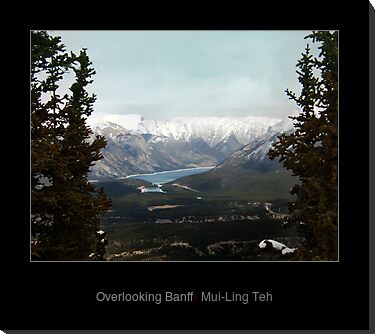
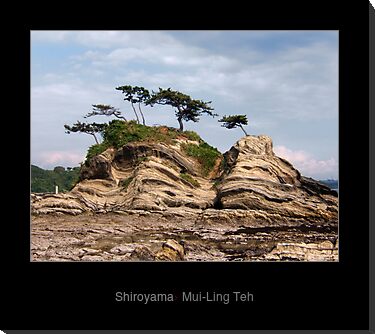

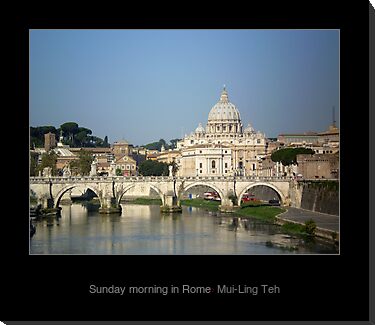

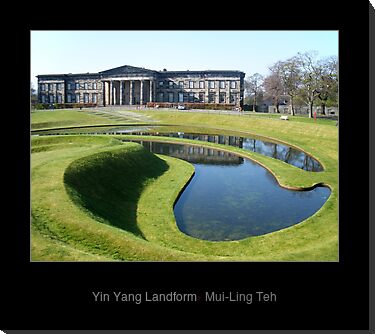
 In
2011 I took a trip to Singapore and Japan - for personal matters that came up
on a short notice. At the time, someone who had borrowed my camera didn't return
it to me, so I borrowed my brother's Casio EX-FC100, and returned it to him
after I came back.
In
2011 I took a trip to Singapore and Japan - for personal matters that came up
on a short notice. At the time, someone who had borrowed my camera didn't return
it to me, so I borrowed my brother's Casio EX-FC100, and returned it to him
after I came back. 
